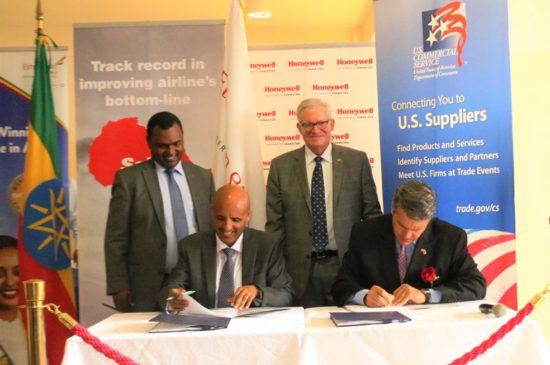The Peace Corps Experience in Ethiopia

When the Peace Corps was founded, the statement used to endorse the idea was that it was intended to promote world peace and friendship through volunteers, who would offer their services even through hardship. From the 1960s to 2015, nearly 220,000 people have joined the Peace Corps and served in 141 countries. In that regard, Ethiopia was among the first countries to invite Peace Corps volunteers and the first group of 300 education volunteers landed in Addis Ababa in September of 1962, writes Meheret-Selassie Mokonnen.
Orchestra Ethiopia, one of the most applauded bands in Ethiopian music, was composed of influential musicians like Tesfaye Lemma, Getamesay Abebe and Melaku Gelaw. The band always had captivating performances. At some point, someone special joined the band, who later managed to surprise many music-lovers across the globe
It was none other than Charles Sutton – an American who mastered playing Mesenko, a one stringed traditional Ethiopian music instrument. Taught by the late Getamessay Abebe, he joined the all-Ethiopian band. Dressed like an Ethiopian, speaking as an Ethiopian and playing an Ethiopian music instrument, Sutton soon became famous. He was known as the ferenj (foreigner) singing in Amharic.

Sutton was born in New York City in 1942 and grew up in Columbus, Ohio. He attended Harvard University as a freshman but took a two-year leave of absence to study music in Washington DC and at the Berklee College of Music in Boston.
In the 1960s a fortunate opportunity brought him to Ethiopia – a country he considers his second home. He joined the Peace Corps and came to Ethiopia to teach English. At that time, he played the guitar and piano. During his stay he was fascinated with Ethiopian music instruments. Soon after, he took it up on himself to yield to his true calling – music – and more specifically traditional Ethiopian music.
The band he joined was a protuberant performing group during the 1960s and 70s. It was financed by the then Haile Selassie I University, later renamed Addis Ababa University. They performed in theaters, hotels like Wabe Shebelle and Hilton, and embassies in Addis Ababa, at parties and weddings, on television, on excursions into the provinces, eventually on tour in the United States.
Long after the band split up, they got a chance to meet up in 2006 in the US, after which they released themesenko, washint and kirar mix album “Zoro Getem” (Reunion). They contributed the proceeds from the sales of the CD to the Institute of Ethiopian Studies (IES) at Addis Ababa University.
Sutton’s connection to Ethiopia did not stop with the music. He is still involved in different aspects of the country including humanitarian works. He remains the ultimate example of Peace Corps members who still keep ties with the country they volunteered in.
Read more at: The Reporter



